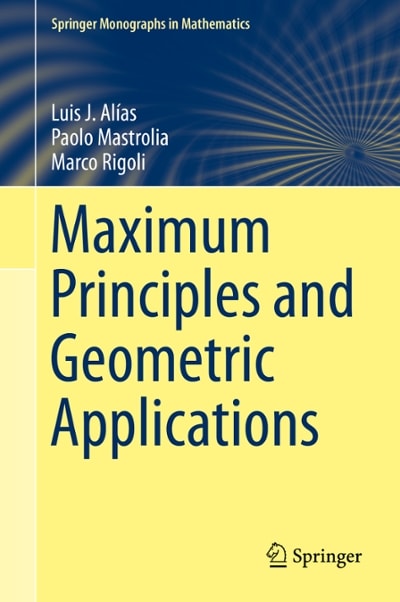Question
Random number? Statistics students were asked to randomly pick a whole number between 1 and 10. Sixty-two out of 101 students picked a number greater
Random number?
Statistics students were asked to randomly pick a whole number between 1 and 10. Sixty-two out of 101 students picked a number greater than 5. If they truly randomly picked their numbers, we would expect about half the students would pick a number greater than 5 in the long run. Do statistics students really randomly choose a number or not? Test by answering the following.
Set up the correct null and alternative hypotheses in symbols.
H0: p =<> 0.080.500.61
Ha: p =<> 0.080.500.61
Give the value of the statistic.
p^=0.500
=0.500
p^=0.614
=0.614
Are the validity conditions met? Explain.
No, because the sample size is more than 20.
No, because the number of success (62) and failures (39) are each at least 10.
Yes, because the number of success (62) and failures (39) are each at least 10.
Yes, because the sample size is more than 20.
Use the One Proportion applet to give both a simulation-based and theory-based p-value. Choose the best among the following options.
Simulation-based p-value = 0.014 and theory-based p-value = 0.0110.
Simulation-based p-value = 0.026 and theory-based p-value = 0.0219.
Simulation-based p-value = 0.507 and theory-based p-value = 0.5000.
Simulation-based p-value = 0.986 and theory-based p-value = 0.9890.
Simulation-based p-value = 1 and theory-based p-value = 1.
Write out a conclusion in the context of the research question.
Based on the small p-value, we have strong evidence against the null hypothesis and strong evidence that the long-run proportion of students who choose a number greater than 5 is greater than 0.50.
Based on the small p-value, we have strong evidence against the null hypothesis and do not have strong evidence that the long-run proportion of students who choose a number greater than 5 is greater than 0.50.
Based on the large p-value, we do not have strong evidence against the null hypothesis and do not have strong evidence that the long-run proportion of students who choose a number greater than 5 is greater than 0.50.
Based on the large p-value, we do not have strong evidence against the null hypothesis and do have strong evidence that the long-run proportion of student who choose a number greater than 5 is greater than 0.50.
Step by Step Solution
There are 3 Steps involved in it
Step: 1

Get Instant Access to Expert-Tailored Solutions
See step-by-step solutions with expert insights and AI powered tools for academic success
Step: 2

Step: 3

Ace Your Homework with AI
Get the answers you need in no time with our AI-driven, step-by-step assistance
Get Started


